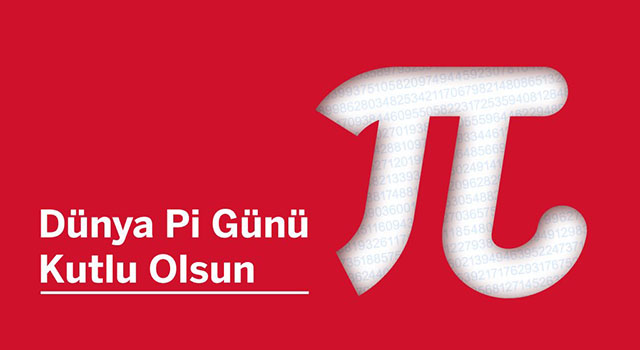

‘Pi’ is a constant used in mathematical calculations. This constant, usually abbreviated as 3.14 or 22/7, is known as the ratio of the circumference of a circle to its diameter. This number is also mentioned in some sources as Ludolph number or Archimedes constant. Symbol of Pi is the 16th letter of the Greek alphabet and also the 16th letter in the English alphabet. This letter is also the first letter of the word “perimetier” which means circumference (circle) in Greek. The symbol of Pi (π) was introduced by William Jones in 1706, but started to be used in 1737 by Leonhard Euler, who made the symbol popular. Pi Day is celebrated every year on March 14th, which is shown numerically in 3/14. Moreover, Albert Einstein was born on the Pi day.
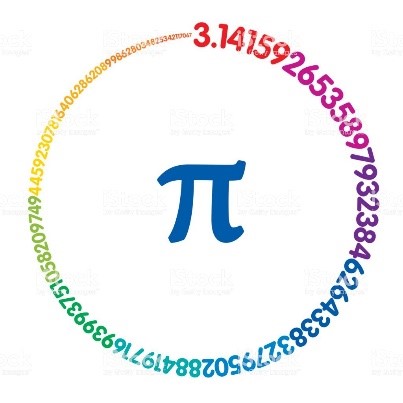
Since the decimal places of the Pi number go on forever, the numbers do not repeat themselves in any way. Therefore, it is not possible to find the area or the real perimeter of a circle.
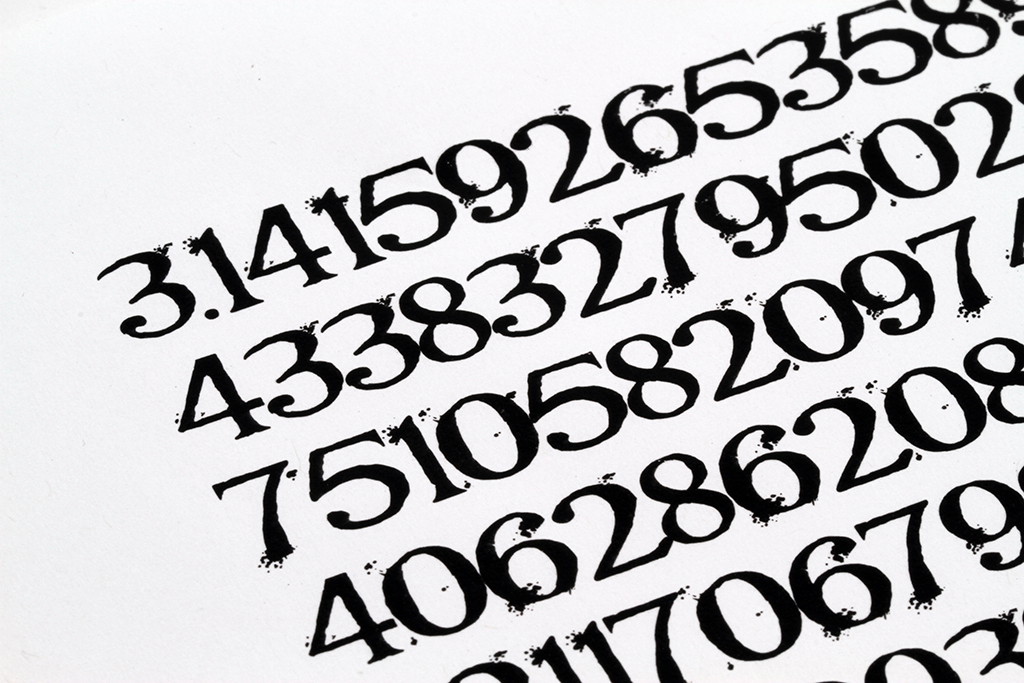
Pi is known to have 5 trillion digits in its final calculation.
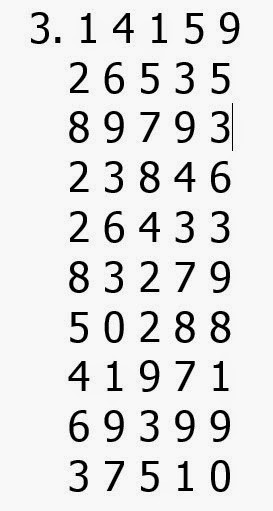
There are no zeros in the first 31 digits of Pi.

Babylonians are known to make the first calculations of the number Pi in 2000 BC, and the number Pi was found to be 3.125. However, the ancient Egyptians used Pi as 3,143 based on these calculations. Plato, on the other hand, calculated the number Pi as 3.146.
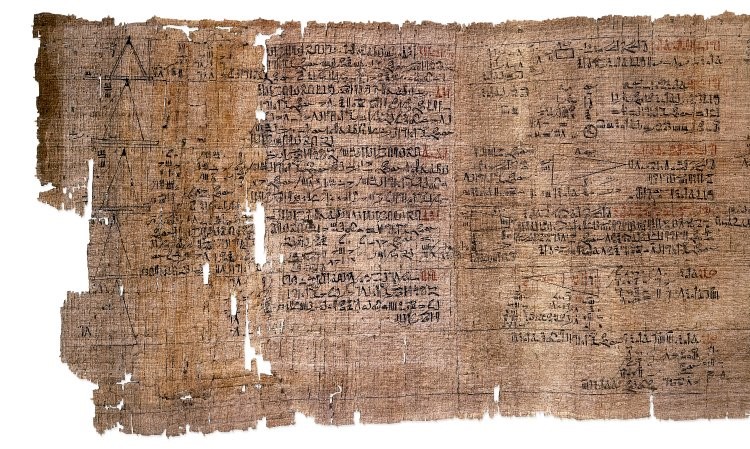
The first attempt to calculate the number pi was observed in Rhind Papyrus in ancient Egypt, which was revealed while trying to measure the diameter of a circle using a square drawn in it.
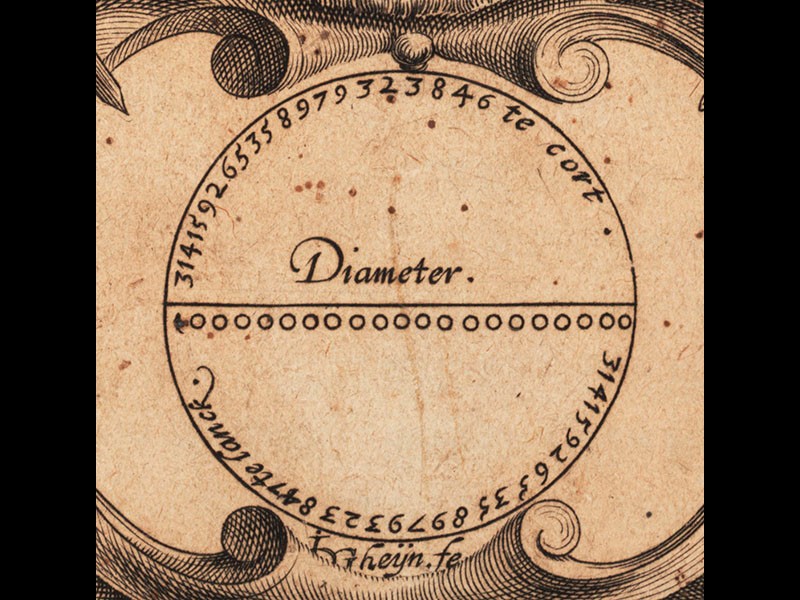
The first 36 digits of Pi is called the Ludolfin Number. It was named after Ludolph Van Ceulen, who spent most of his life calculating the first 36 digits of Pi.
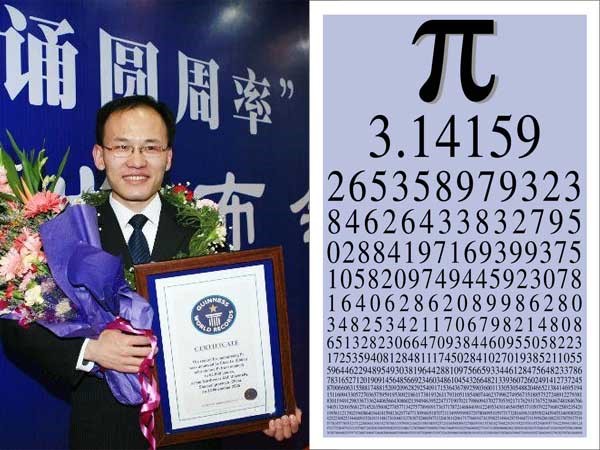
The Chinese Chao Lu broke the Guinness World Record by reciting post-decimal Pi values up to 67,890 digits. It took 24 hours and 4 minutes for him to recite.

In Star Trek the Original Series episode “Wolf in the Fold”, Spock used Pi to kill a demonic computer by saying “Calculate the last digit of Pi”.

In 1988, a movie “Pi: Faith in Chaos” was made by Darren Aronofsky. The movie is about the adventure of a man who is trying to find various answers about Pi, and going insane in the end. Aronofsky won the Best Director Award at the 1988 Sundance Film Festival.
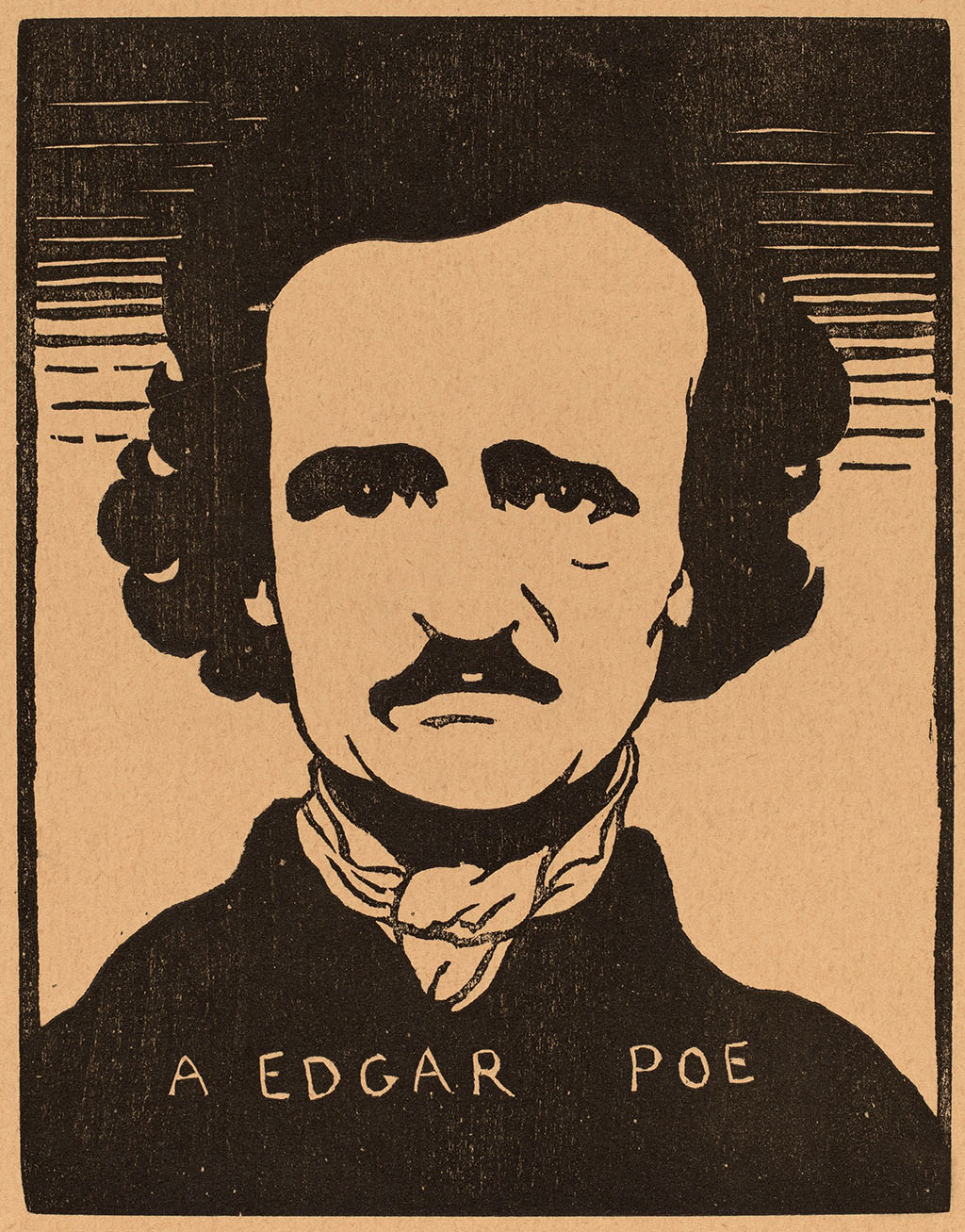
Pi is also seen in literature as in many fields. In English, a technique called “pilish” is used, a style of writing a poem or prose restricted by the number pi. The idea of writing a sentence (or longer piece of poetry or prose) in which the lengths of successive words represent the digits of the number π has been around since the early 1900’s. The number of letters in the title of “Near A Raven” by Michael (Mike) Keith, who wrote Edgar Allen Poe’s The Raven using this technique, is seen as 3,1415. You can find a brief example of how the remaining words of this poem given above match with the number pi here.
The book “Not a Wake”, written in Pi’s first ten thousand digits, was published by Michael Keith in 2010 as the longest pilish text.

As the pronounciation of “Pi” is quite similar to that of “Pie”, there is a relationship between pi and pie, so Pi Day is usually celebrated with pies.

The number Pi is also available in nature. The length of rivers and the formation of meanders are measured in two different ways. The former is the straight air fly distance from the spring to the river. The latter is the curved distance of the stream bed where the water flows. Hans-Henrik Stolum found this calculation in rivers to be approximately 3.14.

William L. Schaaf once said, “Probably no symbol in mathematics has evoked as much mystery, romanticism, misconception and human interest as the number pi”.

Consequently, we would like to share with you that the password of METU Registrar’s Office Student Information System features the last 6 digits of the number Pi. 🙂







